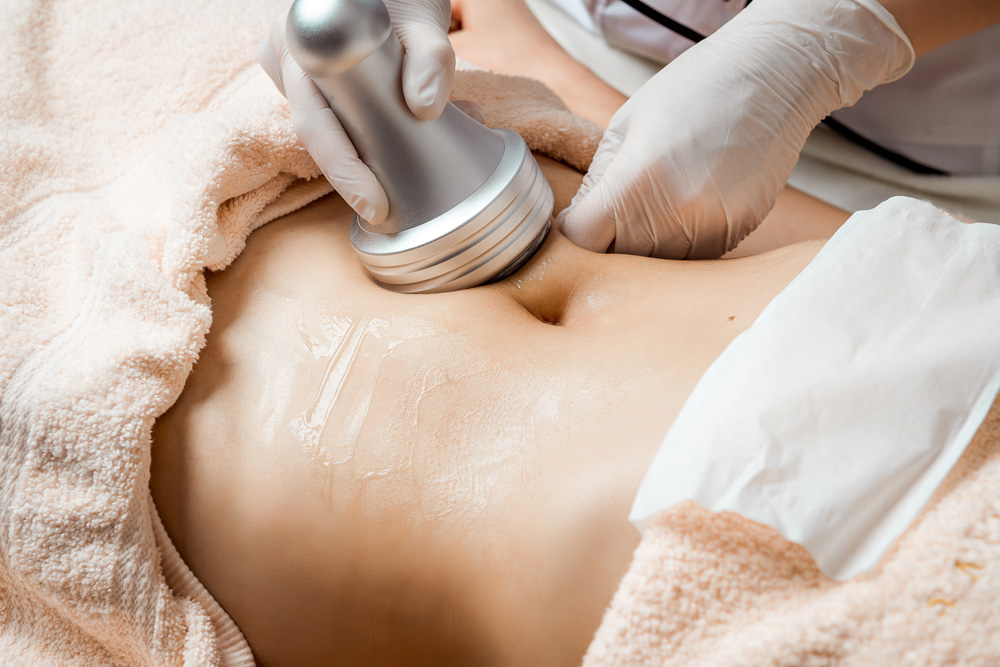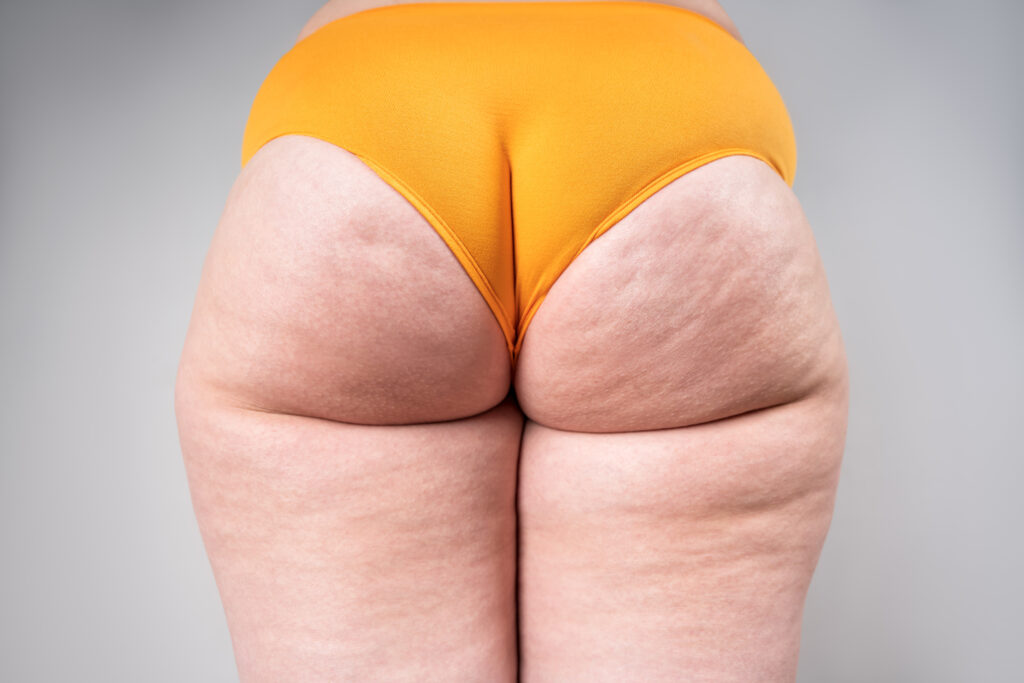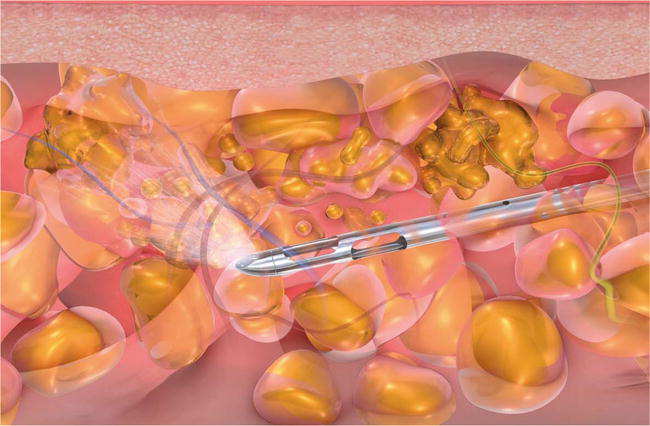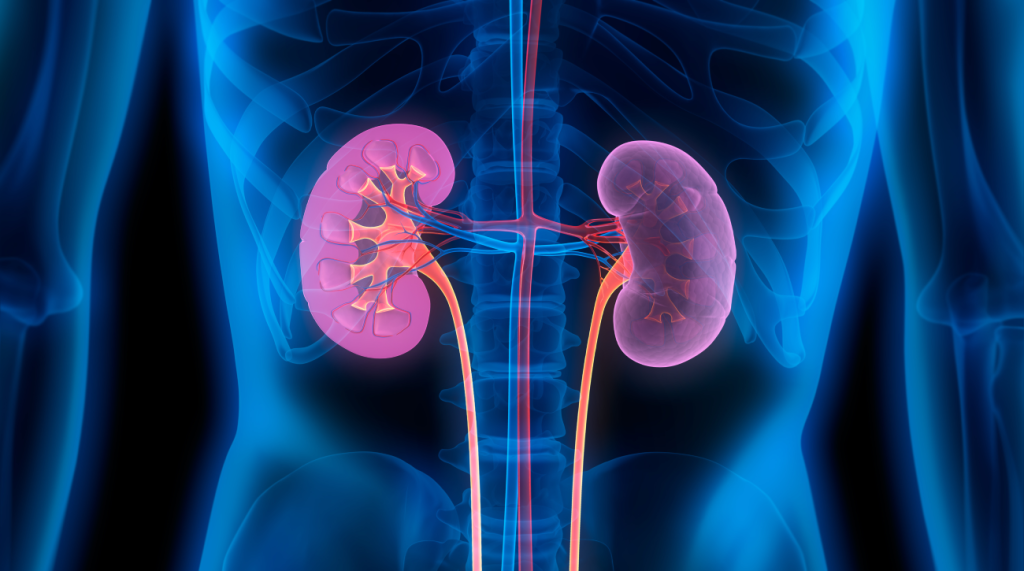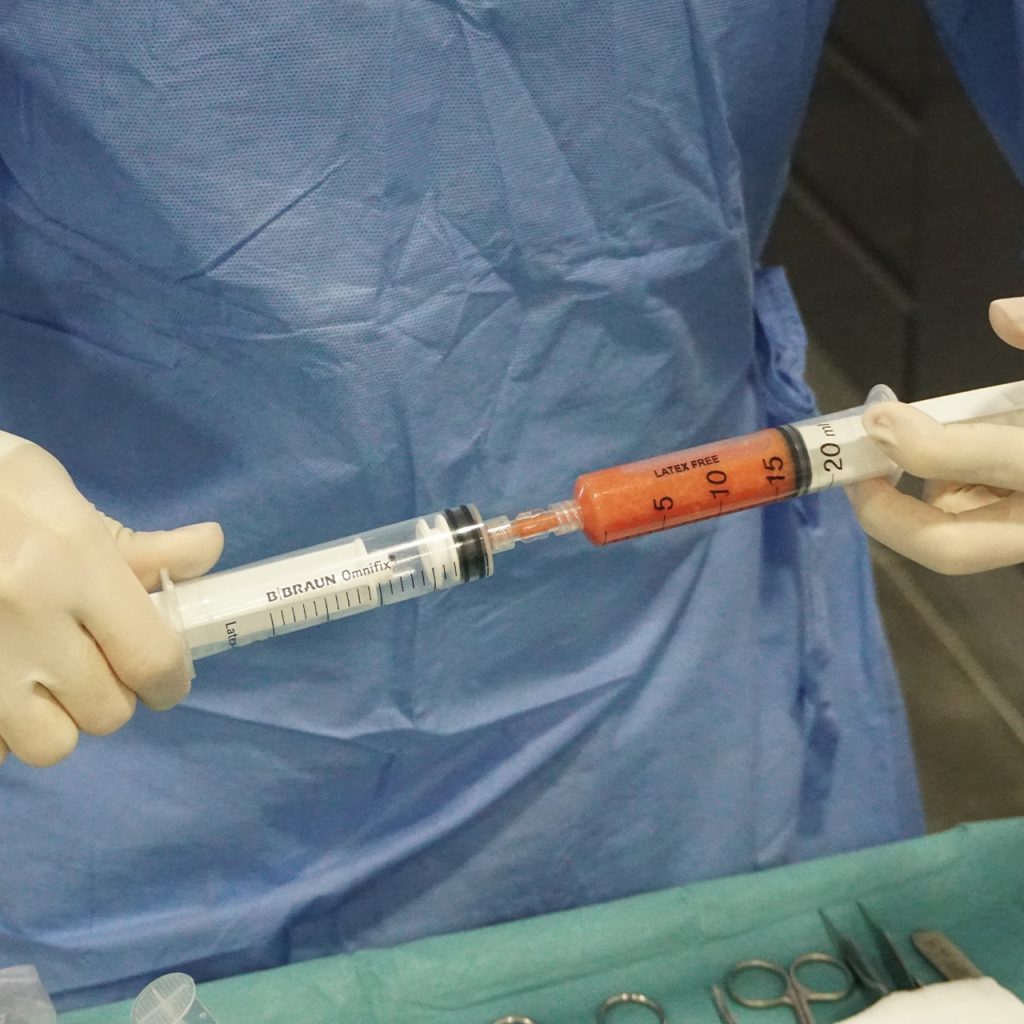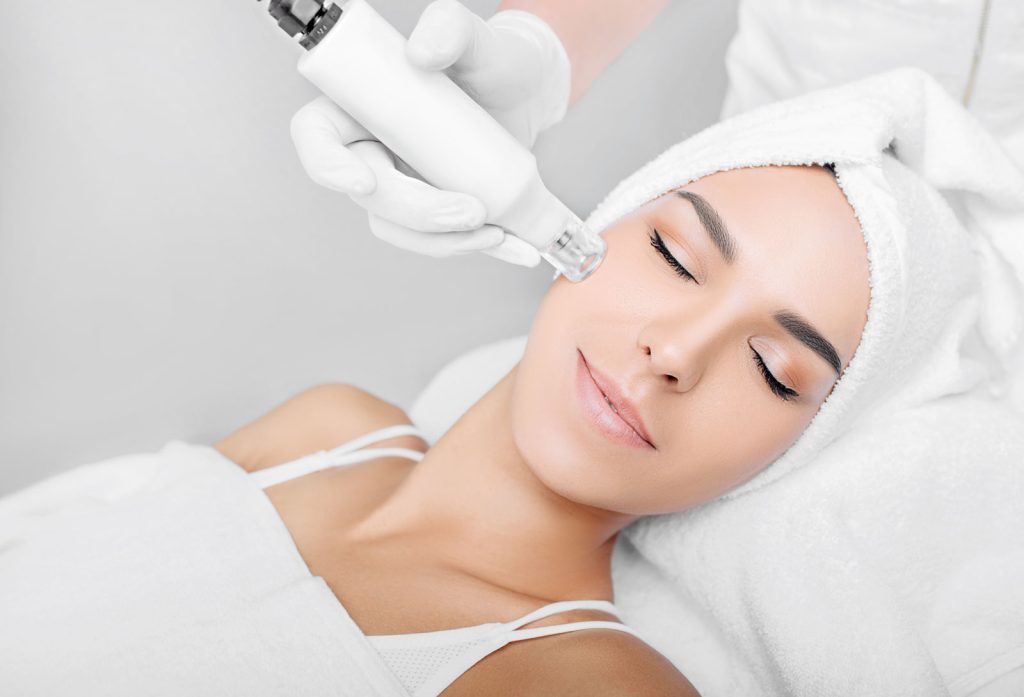Liposuction is often seen as a way to reshape the body, but it offers hidden benefits for emotional wellness. Historically, cosmetic surgery, including liposuction procedures and facial liposuction, has evolved from a luxury for the wealthy to a common procedure accessible to many, with cost liposuction options available for various budgets and convenient liposuction sessions. Beyond physical changes, patients frequently report boosted confidence and improved mental health after their surgeries.
This transformation can lead to better social interactions and a more positive self-image. The connection between cosmetic surgery, physical appearance, and emotional well-being is undeniable, as many benefit from liposuction procedures and liposuction treatments. Liposuction can provide not just a new silhouette but also a fresh start in how individuals perceive themselves. Embracing this change can significantly enhance one’s quality of life.
Key Takeaways
-
Liposuction can lead to improved emotional wellness by boosting self-image and confidence, making it a worthwhile consideration for those struggling with body image issues.
-
The procedure may also help reduce anxiety and improve mood, as patients often feel more satisfied with their appearance post-surgery.
-
Enhancing your social life can be a hidden benefit of liposuction, as feeling good about your body can encourage more social interactions and connections.
-
Consider liposuction as a motivation to adopt a healthier lifestyle, as many patients feel inspired to maintain their results through better diet and exercise habits.
-
Personal growth can be achieved through the emotional uplift that comes with physical changes; many individuals report feeling empowered after their transformation.
-
Always consult with a qualified professional to understand the risks and benefits of liposuction, ensuring that it aligns with your personal health goals.
Understanding Liposuction
Definition Liposuction
Liposuction is a cosmetic procedure designed to remove excess fat from specific areas of the body. This surgical procedure aims to enhance body contours and improve overall appearance.
It uses a small tube called a cannula to suction out fat deposits. The doctor makes tiny incisions in the skin, allowing for targeted fat removal. This technique helps shape the body by eliminating stubborn fat that diet and exercise may not affect.
Common Target Areas
The most common target areas for liposuction include the abdomen, thighs, and arms. Many people struggle with excess fat in these regions. This can be frustrating, especially for those who maintain a healthy lifestyle.
Other areas that may benefit from liposuction include the back, hips, and neck. Each of these spots can hold onto fat despite efforts to lose weight. Liposuction offers a solution for individuals seeking to refine their body shape.
Not for Weight Loss
Liposuction is not intended as a weight-loss method. It is best suited for individuals who are near their ideal weight but want to address specific problem areas. Candidates often have a stable weight but find it hard to eliminate certain fat pockets.
Surgeons recommend that patients be within 30% of their ideal body weight before undergoing this procedure. This ensures the best results and minimizes risks during surgery.
Various Ways Liposuction
There are various ways liposuction can be performed. Traditional liposuction remains popular, but newer techniques have emerged. These include tumescent liposuction and ultrasound-assisted liposuction.
Tumescent liposuction involves injecting a solution into the fatty area before removal. This helps reduce bleeding and pain during the procedure. Ultrasound-assisted liposuction uses sound waves to break down fat cells before suctioning them out.
Each method has its pros and cons. Patients should discuss options with an experienced liposuction doctor to determine which is best for them.
Cost Liposuction
The cost of liposuction varies based on several factors. These include the surgeon’s experience, geographic location, and the extent of the procedure. On average, prices can range from $2,000 to $7,000 per session.
e clinics offer free liposuction consultations or promotional packages. These free liposuction services can help patients understand their options better without committing financially upfront.
Cosmetic Surgery Journey
A cosmetic surgery journey often begins with research and consultations. Patients should seek out experienced professionals who specialize in liposuction procedures. Understanding what to expect can ease anxiety about surgery.
Preparation is key before undergoing any surgical procedure. Following pre-operative instructions from your doctor will lead to smoother recovery post-surgery.
Physical Benefits of Liposuction
Body Shape
Liposuction plays a key role in achieving a more sculpted body shape. It specifically targets resistant fat deposits that do not respond to diet and exercise. Many people struggle with these stubborn areas, like the abdomen or thighs. Liposuction helps remove this excess fat effectively.
This fat removal method can reshape various body parts. Common areas include the abdomen, hips, and arms. Patients often see a noticeable difference in their overall appearance after the procedure. The enhanced contours boost self-esteem and body image.
Health Improvements
Liposuction offers important health benefits too. One significant advantage is the reduced risk of obesity-related issues. Excess body fat increases the chances of heart disease, diabetes, and high blood pressure. By removing fat, liposuction lowers these risks.
In 2016, a study showed that patients experienced improved cardiovascular health after liposuction. They had lower cholesterol levels and better blood pressure readings. This demonstrates how effective fat reduction can be for overall health.
Clothing Fit
After liposuction treatments, many patients notice their clothing fits better. Improved body contours lead to a more flattering appearance in various outfits. People often feel more confident when trying on clothes post-procedure.
A 2020 survey found that 80% of participants felt happier with their wardrobe choices after liposuction. They reported feeling more comfortable in fitted clothing and swimwear. This change can significantly impact daily life and social interactions.
Fat Reduction Goals
Liposuction aligns well with individual fat reduction goals. It provides a solution for those who want to achieve specific aesthetic outcomes. Many people set personal targets for their body shape and size. Liposuction helps them reach these goals faster than traditional methods alone.
Patients should understand that liposuction is not a weight-loss procedure but rather a fat loss solution. It works best for individuals close to their ideal weight who wish to eliminate localized fat deposits.
Recovery and Results
Recovery from liposuction varies by individual but generally takes about one to two weeks. Patients may experience swelling and bruising during this time. Following post-operative care instructions is crucial for optimal results.
Results become more evident as swelling decreases over time. Most individuals enjoy their new body shape within three months of the procedure.
Psychological Benefits of Liposuction
Improved Self-Image
Liposuction can significantly enhance a person’s self-image. Many individuals struggle with their body image due to extra fat in specific areas. This dissatisfaction can lead to low self-esteem. After undergoing liposuction, patients often see a noticeable change in their bodies. This change can spark a renewed sense of pride and self-worth.
In turn, an improved self-image leads to increased confidence. People feel more comfortable in their skin. They are more likely to engage in social activities or wear clothes they once avoided. The transformation can be empowering, allowing individuals to take charge of their lives.
Reduced Anxiety and Depression
Concerns about physical appearance can contribute to anxiety and depression. Many individuals feel self-conscious about their bodies, which can lead to social withdrawal. Liposuction addresses these concerns effectively. By removing unwanted fat, patients often experience relief from the emotional burden of body image issues.
Studies show that cosmetic surgery benefits extend beyond physical changes. Many individuals report feeling happier and more content after surgery. The reduction in anxiety and depression can improve overall mental health. Patients may find themselves enjoying life more fully after resolving their physical appearance concerns.
Encouraged Social Interactions
Heightened confidence from liposuction encourages social interactions. Individuals may feel more inclined to participate in gatherings or events. They often become more open to making new friends or reconnecting with old ones. This increase in social activity can further boost mental well-being.
Feeling good about one’s appearance can break down barriers. People who once felt shy or anxious may begin to thrive socially after surgery. The positive effects of cosmetic procedures experience improvement ripple through various aspects of life.

Long-Term Psychological Effects
The psychological benefits of liposuction are not just temporary. Many patients report lasting changes in their outlook on life. These changes include improved relationships and greater career opportunities. Feeling confident often translates into better performance at work and in personal relationships.
Moreover, many individuals find that they adopt healthier lifestyles post-surgery. They become more motivated to exercise and eat well, reinforcing the benefits of the procedure. This shift leads to a cycle of positivity that enhances emotional wellness over time.
Boosting Self-Image and Confidence
Body Contours
Achieving desired body contours can significantly boost self-esteem. Many people feel unhappy with their physical appearance, especially in areas like the hips or inner thighs. Liposuction helps remove excess fat, creating a more defined shape. This change often leads to increased satisfaction with one’s body.
Feeling good about how one looks can change everything. When individuals see improvements in their bodies, they often experience a shift in their self-confidence. They may choose clothes that fit better and show off their new shapes. This newfound confidence can inspire them to engage more socially.
Comfort in Skin
Empowerment comes from feeling comfortable in one’s own skin. Many individuals struggle with insecurities about their bodies. Liposuction can help alleviate these feelings. After the procedure, many report feeling freer and more at ease with themselves.
This comfort often translates into various aspects of life. For instance, someone might feel more confident attending social events or participating in activities they once avoided. The emotional benefits extend beyond just physical appearance; they affect mental well-being too.
Personal and Professional Life
Increased confidence positively impacts both personal and professional life. Studies show that those who feel good about their appearance tend to perform better at work. They are more likely to take on challenges and express their ideas clearly.
ial interactions also improve due to boosted self-image. People become more open and approachable, making it easier to form connections. Whether it’s meeting new friends or networking for career opportunities, confidence plays a crucial role.
Clothes Fit Better
The right clothes can make a significant difference in how someone feels about themselves. After liposuction, many find that their clothes fit better and look nicer. This improvement can lead to a more positive self-image.
People often report enjoying shopping for new outfits after their procedures. They embrace styles they previously avoided due to insecurities about their bodies. This joy in fashion contributes to overall happiness.
Quality of Life
Finally, the quality of life improves after cosmetic enhancements like liposuction. Individuals often experience less anxiety regarding their appearance. They become more active and engaged in daily activities.
The combination of improved self-confidence and comfort in one’s body creates a fulfilling lifestyle. Positive changes ripple through every aspect of life, leading to a happier existence.
Reducing Anxiety and Improving Mood
Body Image Issues
Addressing body image issues can significantly reduce anxiety. Many people struggle with how they look. This can lead to feelings of discomfort and low self-esteem. When individuals feel unhappy with their appearance, it often affects their daily lives. They may avoid social situations or feel self-conscious in public.
Liposuction can change this dynamic. By targeting specific areas of the body, it helps reshape one’s figure. As a result, many report feeling more comfortable in their skin. This newfound confidence can lessen anxiety levels. People start to engage more with others and enjoy life again.
Enhanced Mood
The connection between improved physical appearance and enhanced mood is clear. Studies show that when individuals perceive themselves positively, their overall mental health improves. A positive self-image correlates with lower rates of depression and anxiety.
After liposuction, many experience a boost in mood. They often notice immediate changes in how clothes fit and how they view themselves in the mirror. These changes can lead to increased happiness and satisfaction with life. Feeling good about one’s body encourages healthier habits too. Individuals may exercise more or eat better after seeing physical results.
Positive Outlook on Life
A more positive outlook on life often follows liposuction. Individuals frequently report feeling empowered after their procedure. They see tangible results from their efforts to improve their bodies. This empowerment can transform how they approach challenges.
With a better body image, people are more likely to set goals and pursue dreams. They may take on new hobbies, make new friends, or even advance in their careers. The potential for personal growth increases as self-doubt diminishes.
Liposuction not only reshapes the body but also reshapes the mind. By improving physical appearance, it opens doors to emotional wellness. A person’s perspective shifts from negative to positive, leading to greater fulfillment.
In summary, the benefits of liposuction extend beyond the physical realm. It addresses deep-seated body image issues that cause anxiety and discomfort. Improved appearance enhances mood and fosters a brighter outlook on life. The journey toward emotional wellness often begins with these hidden benefits.
Enhancing Social Life and Interaction
Increased Confidence
People often notice that after liposuction, their confidence levels rise. This boost in self-esteem encourages them to participate more actively in social events. They feel better about how they look, which can lead to a willingness to engage with others.
With increased confidence, individuals may find themselves attending gatherings they would have avoided before. They may join friends for outings or even take part in community activities. This change can create a ripple effect, leading to a more fulfilling social life.
Improved self-assurance can also open doors to new relationships. When people feel good about themselves, they tend to be more approachable. Others are drawn to this positive energy, making it easier to connect with new acquaintances.
ial situations become less intimidating. Individuals may strike up conversations with strangers and form friendships. These connections can lead to valuable support networks and enrich their lives.
Positive Body Image
A positive body image plays a crucial role in fostering better social interactions. Feeling satisfied with one’s appearance allows individuals to focus on others instead of worrying about their looks. This shift in mindset promotes genuine engagement during conversations.
People who feel good about their bodies are likely to smile more and exhibit open body language. These nonverbal cues encourage others to respond positively. As a result, social interactions become more enjoyable and meaningful.
Improvements in Mobility
Liposuction can lead to improvements in mobility as well. Many individuals experience increased ease of movement after the procedure. This newfound freedom allows them to participate in physical activities that were once difficult.
Being active opens up opportunities for socializing. Joining sports leagues or fitness classes becomes possible. Meeting people with similar interests fosters camaraderie and strengthens bonds.
Seeking Consultation
Before undergoing liposuction, seeking consultation is vital. A professional can provide insights into the potential benefits beyond physical changes. They can help set realistic expectations regarding emotional wellness too.
Understanding the psychological impacts of the procedure can prepare individuals for what lies ahead. It’s essential to discuss personal goals and concerns during this consultation process.
Motivating a Healthier Lifestyle
Inspiration to Change
Liposuction can serve as a powerful motivator for many individuals. After the procedure, patients often see immediate changes in their body shape. This transformation can spark a renewed interest in maintaining a healthy lifestyle. Witnessing the removal of stubborn fat encourages individuals to adopt better habits.
Engaging in regular exercise becomes more appealing after liposuction. Patients may feel more confident in their bodies and want to show off their new look. This newfound confidence can lead to increased participation in physical activities. Many choose to join gyms or fitness classes post-procedure.
Embracing Nutrition
Balanced nutrition plays a crucial role in sustaining results from liposuction. Patients become more aware of their dietary choices after seeing the benefits of weight loss. A focus on healthy eating can lead to better overall physical health. Incorporating fruits, vegetables, and lean proteins into meals is common among those who have undergone the procedure.
People often seek guidance on meal planning and nutrition. They understand that diet affects both weight and energy levels. Learning about portion control and mindful eating helps maintain their results. This commitment to nutrition is essential for long-term success.
Sustaining Results
Maintaining liposuction results requires ongoing effort. Patients need to embrace lifestyle changes that promote well-being. Regular exercise and a balanced diet are fundamental components of this journey. Individuals who commit to these changes often report feeling better physically and emotionally.
Support systems play a vital role in this process. Friends and family can encourage healthier choices, making it easier for patients to stay on track. Joining support groups or online communities offers additional motivation. Sharing experiences with others fosters accountability.
Long-Term Commitment
The journey doesn’t end after liposuction. It’s about making lasting changes that lead to improved health. Patients should set realistic goals for their physical activities and diet. Small, achievable steps can lead to significant improvements over time.
Staying active is essential for maintaining weight loss. Engaging in fun activities like hiking, dancing, or cycling keeps individuals motivated. Finding enjoyable ways to exercise makes it easier to stick with a routine.
Achieving Personal Growth
Body Image Challenges
Overcoming body image challenges can significantly impact personal development. Many individuals face issues related to how they perceive their bodies. These struggles often lead to negative self-talk and low self-esteem. When people take steps to address these concerns, such as through liposuction, they can gain a new perspective on themselves.
Achieving desired body goals brings a sense of accomplishment. Individuals often report feeling more confident after cosmetic procedures. This newfound confidence can lead to positive change in various aspects of life. It opens doors to new experiences and opportunities that may have felt out of reach before.
Empowerment and Self-Discovery
The journey toward body transformation often fosters empowerment. Individuals learn to embrace their autonomy over their bodies. They make choices that align with their personal goals and values. This process can lead to greater self-discovery. People begin to understand what truly matters to them beyond physical appearance.
Many find that achieving their body goals enhances their self-image. A positive self-perception allows individuals to engage more fully in life. They may pursue hobbies, friendships, or careers they previously avoided due to insecurity. The results of this empowerment can be life-changing.
Broader Life Changes
Enhanced self-perception from improved body image leads to broader life changes. Individuals often experience increased motivation in other areas of life. They may seek further personal development through education or career advancement. The confidence gained through body transformation spills over into other aspects of daily living.
New opportunities arise as individuals step outside their comfort zones. They might join social groups or take on leadership roles at work. With a renewed sense of potential, many feel ready to tackle challenges they once shied away from.
In summary, the hidden benefits of liposuction extend beyond physical appearance. They touch on emotional wellness and personal growth. By addressing body image challenges, individuals can unlock new pathways for empowerment and self-discovery. This shift leads to positive change that influences every aspect of life.
Summary
Liposuction isn’t just about looking good; it has hidden emotional benefits that can transform your life. You’ve learned how this procedure can boost your self-image, reduce anxiety, and enhance your social interactions. These psychological perks can motivate you to pursue a healthier lifestyle and foster personal growth.
Embracing liposuction might be the step you need for a brighter, more confident future. If you’re considering this journey, weigh these emotional benefits alongside the physical ones. Your mental wellness is just as important as your physical appearance. Take charge of your well-being today and explore how liposuction could be a game-changer for you. Don’t wait—unlock the hidden benefits now!
Frequently Asked Questions
What is liposuction?
Liposuction is a cosmetic procedure that removes excess fat from specific areas of the body. It enhances body contour and can lead to improved self-image.
How does liposuction improve emotional wellness?
Liposuction can boost self-esteem by enhancing physical appearance, leading to reduced anxiety and improved mood. Feeling better about oneself positively impacts mental health.
Are there psychological benefits to liposuction?
Yes, many patients report increased confidence and motivation after liposuction. These changes can contribute to a more positive outlook on life.
Can liposuction encourage a healthier lifestyle?
Absolutely! Many individuals feel inspired to adopt healthier habits post-surgery, such as improved diet and regular exercise, fostering long-term wellness.
Is liposuction safe for emotional well-being?
When performed by qualified professionals, liposuction is generally safe. It’s essential to discuss any emotional concerns with your doctor beforehand.
How does liposuction affect social interactions?
Improved self-image often leads to enhanced social engagement. Patients frequently report feeling more confident in social settings post-procedure.
What should I consider before getting liposuction?
Consider your overall health, realistic expectations, and emotional readiness. Consulting with a certified surgeon can help guide you through the decision-making process.




